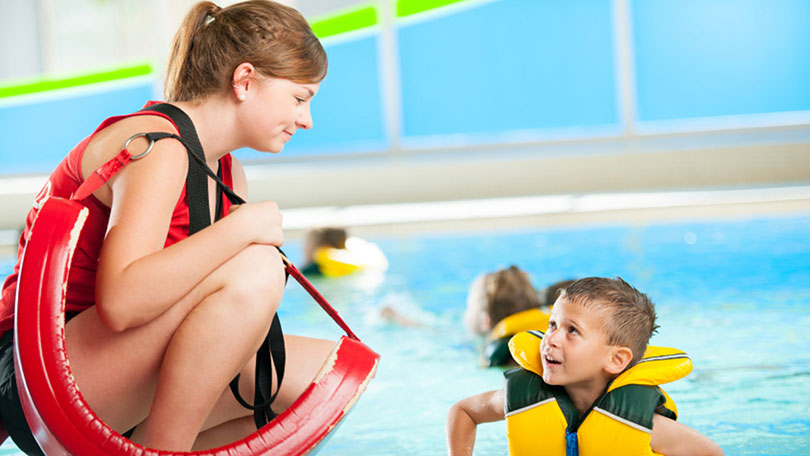Becoming a lifeguard is a fulfilling and important journey that involves more than just watching over swimmers at the pool. Lifeguards play a crucial role in ensuring the safety of all individuals in aquatic environments, be it a pool, lake, or beach. In this beginner’s guide, we’ll walk you through the essential steps to become a lifeguard, highlighting key skills, training requirements, and even how to find a lifeguard near me.
Section 1: The Fundamentals of Lifeguarding
Being a lifeguard goes beyond a whistle and a chair. It requires a solid foundation of skills and knowledge that empower you to respond effectively in emergency situations. Here are the fundamental aspects:
Title: Water Safety and Surveillance
To become an effective lifeguard, you must develop keen observation skills. Constantly scan the water, assessing swimmers’ behavior and identifying potential hazards. Keep your focus and stay alert to ensure the safety of everyone in your area of responsibility.
Title: First Aid and CPR
Knowing how to administer first aid and perform CPR can be the difference between life and death. Lifeguards are often the first responders in emergencies, so acquiring certification in First Aid and CPR is paramount. Training programs are widely available and will equip you with the skills needed to provide immediate assistance.
Section 2: Getting Certified as a Lifeguard
Before you can dive into your lifeguarding career, you need the appropriate certification. Here’s how to achieve it:
Title: Lifeguard Training Courses
Enroll in a certified lifeguard training course offered by organizations such as the American Lifeguard Association. These courses cover water rescue techniques, teamwork, and the proper use of rescue equipment.
Title: Passing the Lifeguard Exam
After completing your training, you’ll need to pass a lifeguard exam that tests your knowledge and practical skills. This exam typically includes written questions and a demonstration of your rescue abilities in simulated scenarios.
Section 3: Mastering Water Rescue Techniques
A significant part of lifeguarding is being prepared to rescue swimmers in distress. Here’s what you need to know:
Title: Reaching Assists and Throws
Learn how to use reaching assists (a reaching pole or object) and throwing assists (a flotation device) to help distressed swimmers without entering the water. These techniques ensure your safety and allow you to provide aid promptly.
Title: In-Water Rescues
In situations where a swimmer requires immediate help, you’ll need to perform in-water rescues. This involves using techniques like front rescues and rear rescues while maintaining your own safety and that of the victim.
Section 4: Maintaining Fitness and Readiness
Lifeguarding demands physical fitness and readiness. Here’s how to stay in top shape:
Title: Regular Physical Exercise
Engage in regular cardiovascular exercises to maintain endurance and stamina. Swimming, running, and interval training are excellent choices to enhance your overall fitness.
Title: Skill Drills and Practice
Consistently practice water rescue techniques to keep your skills sharp. Regular drills will help you respond swiftly and confidently during emergencies.
Section 5: Finding Lifeguard Opportunities Near You
Ready to put your lifeguard skills to use? Here’s how to find opportunities near you:
Title: Searching for Lifeguard Jobs
Explore local community pools, water parks, beaches, and fitness centers for lifeguard job openings. Online job boards, classified ads, and facility websites are great places to start your search.
